Art and nature have always gone hand-in-hand, nature being the inspiration for many artists and their work. When you bring the two together in one space, you can be sure that space is going to be something extraordinary. When visitors come to Shimane Prefecture, they have the opportunity to visit a museum where nature in the form of a Japanese garden is part of what is on display. From there, travel across the water to the neighboring island of Daikonshima for a visit to Yuushien Garden where the peony is the queen of the garden year-round. And best of all, a side trip to Shimane is almost free to travelers visiting the Hiroshima area using a discounted bus ticket!
The Adachi Museum of Art and its Japanese garden
Tucked away in Shimane Prefecture lies one of Japan’s most beautiful secrets. It remains a secret mainly because tourists rarely come to Japan to visit a museum, but this museum is like no other museum in Japan or perhaps the world. The Adachi Museum of Art is famous for its beautiful collection of modern Japanese art, but even more so for its garden, recognized as “the most beautiful garden of Japan” by The Journal of Japanese Gardening magazine every year since 2003.
The Adachi Museum of Art (足立美術館) is a private museum, founded in 1980 by businessman Adachi Zenko in his hometown of Yasugi. A collector designed his museum in a way that views of the garden from the museum complement and enhance the displays of his art collection inside.
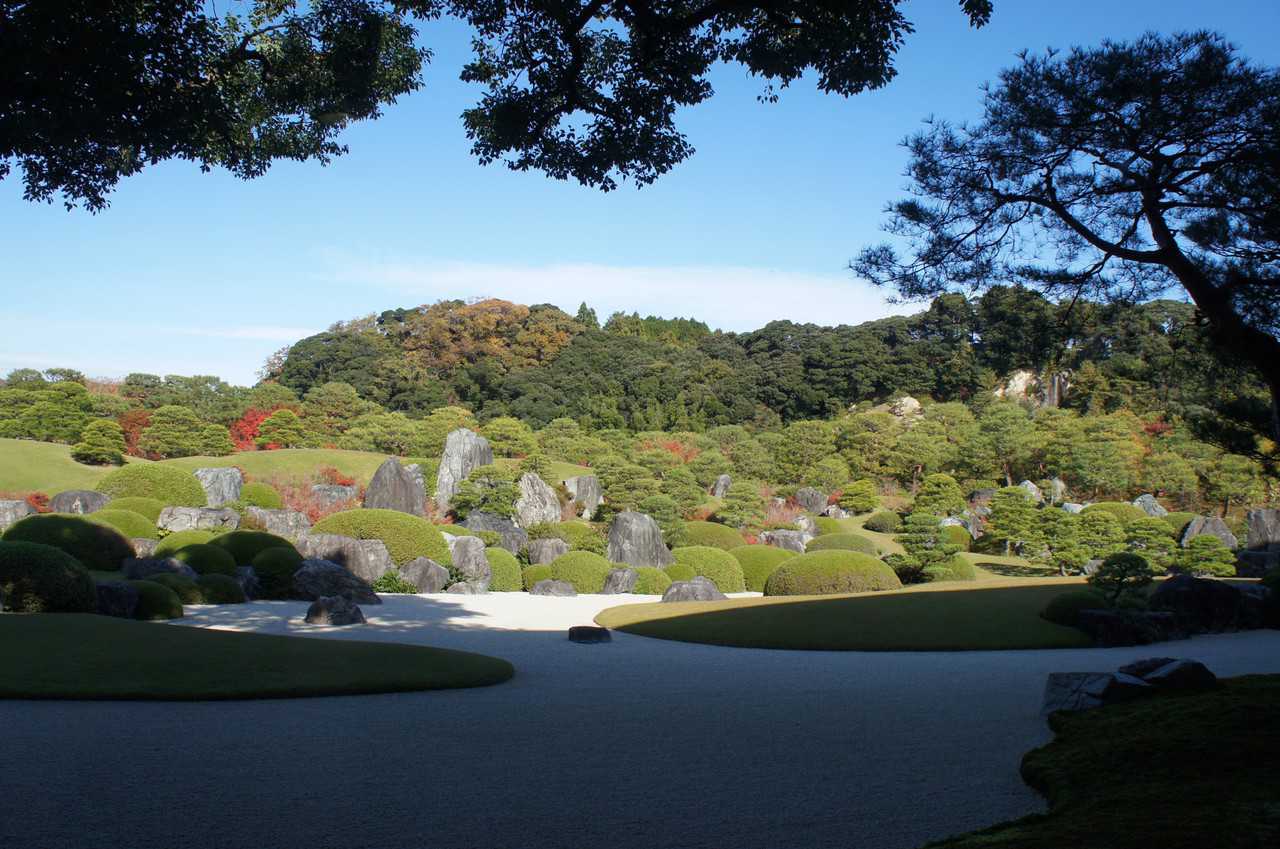
The museum houses a beautiful collection of modern and contemporary Japanese art. There are many works by painter Yokoyama Taikan, whose works Adachi Zenko admired above all. Yokoyama’s gorgeous paintings are done in a traditional style with modern accents. His works are exhibited with his classmates’s works such as Kawai Gyokudo, Tomioka Tessai or Uemura Shoen.
There is a section devoted to ceramics, including pieces by Kawai Kanjiro who was born in Yasugi, and Kitaoji Rosanjin. There are also sculptures and crafts – including beautiful lacquerware – and a collection of children’s paintings by artists such as Takei Takeo or Hayashi Yoshio.
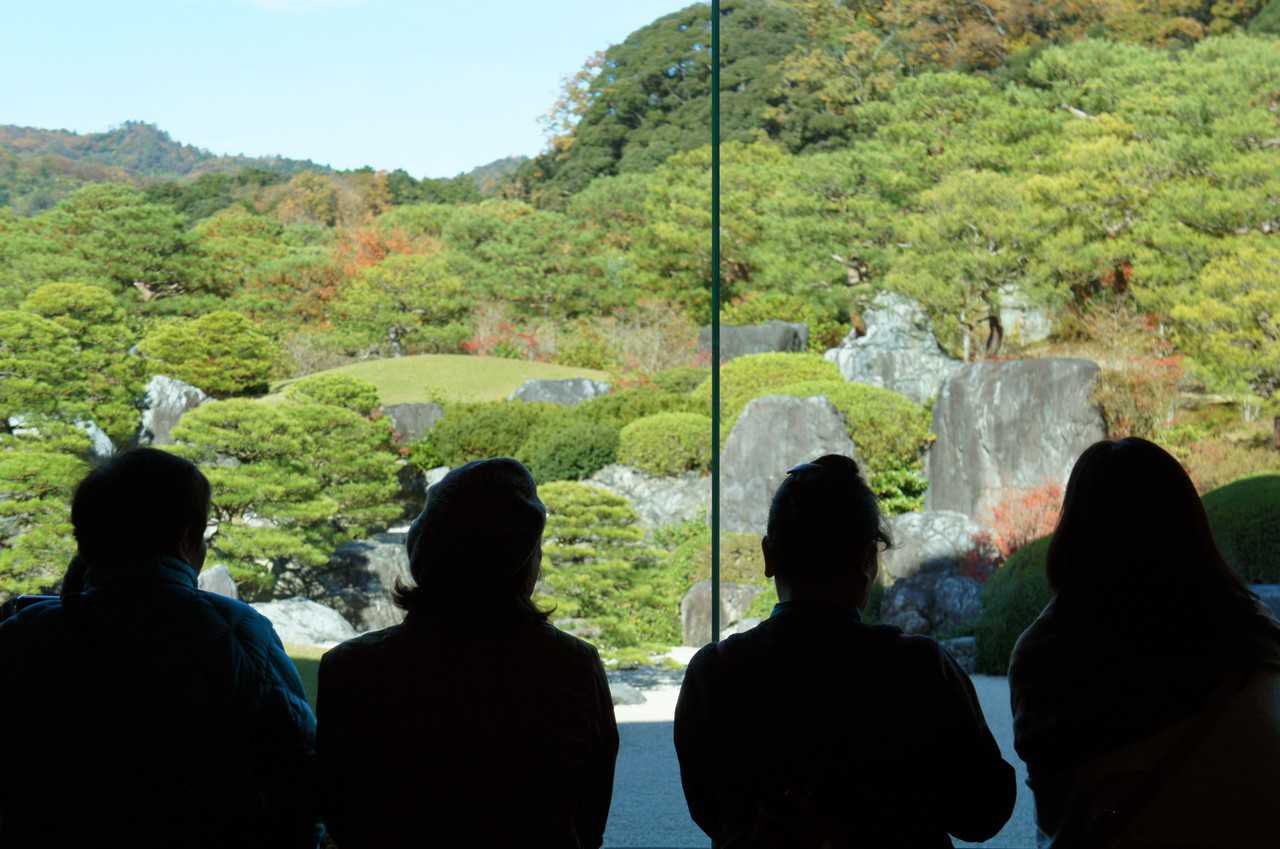
But beyond the collection of art, the garden is the living work of art outside. The ground floor is made up largely of large floor-to-ceiling windows or windows that frame a specific area of the garden like a painting. When we visit the “classical” exhibition halls, the juxtaposition with the natural landscape enhances the experience. Moreover, the garden and art work are sometimes arranged to complement one another through similar compositions. The effect is better experienced than explained, so if your interest is piqued, please see this amazing space for yourself.
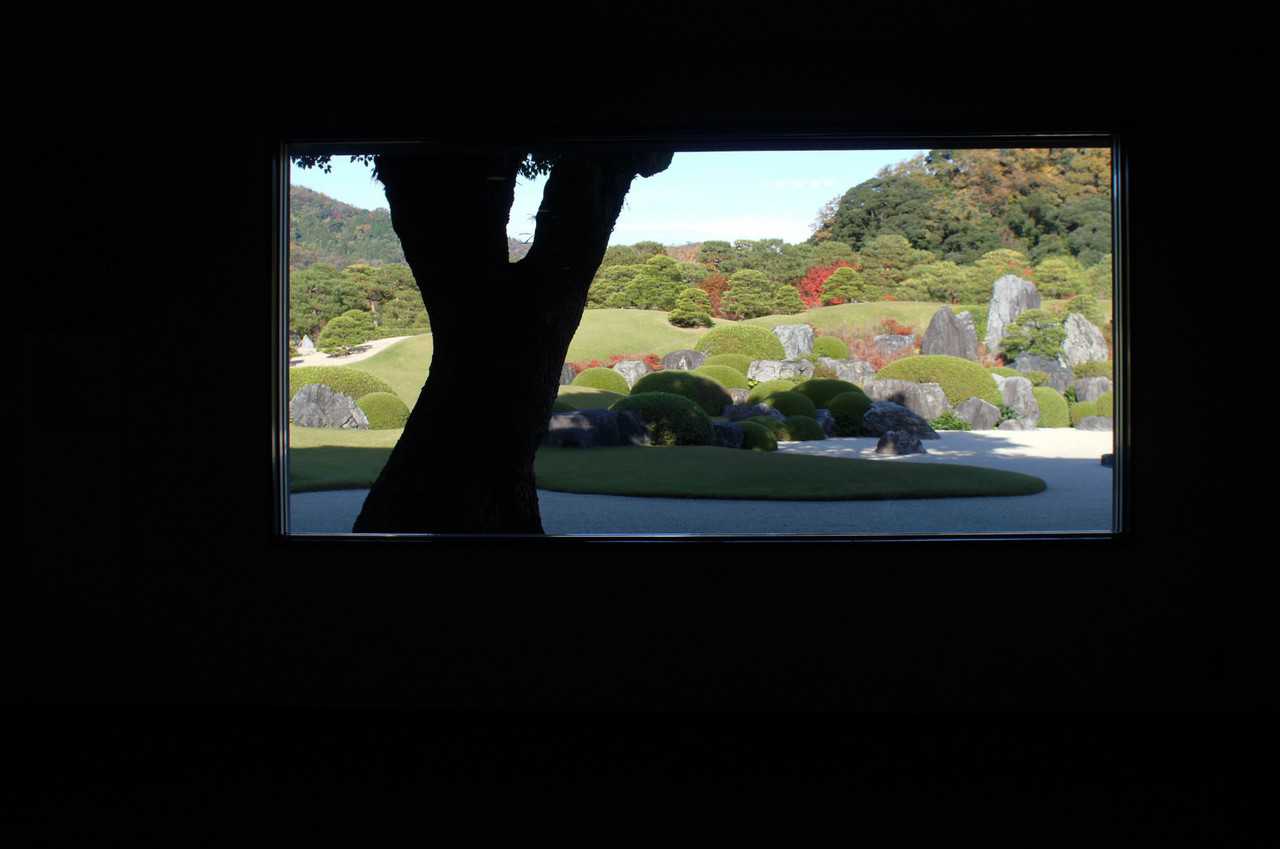
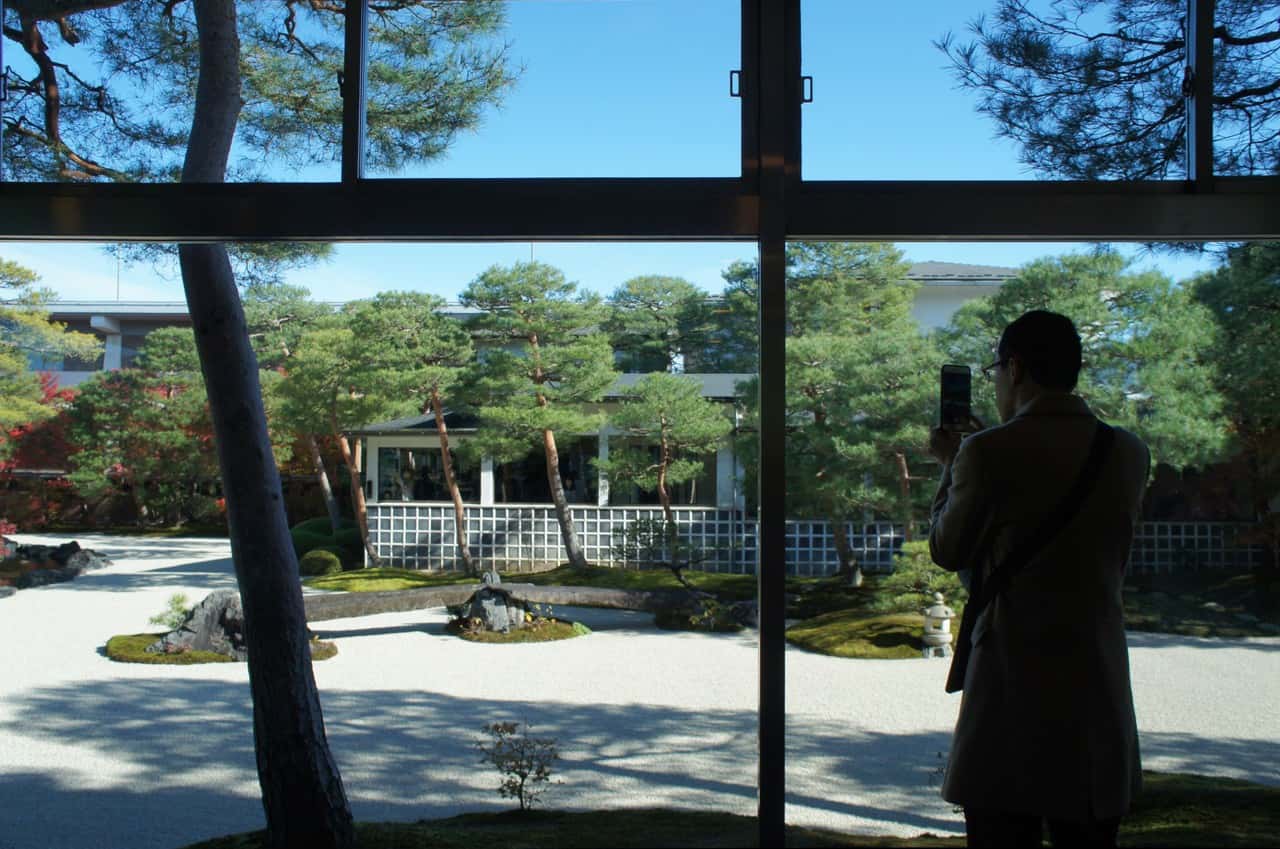
But let’s go back to the garden, or rather, the gardens because there are multiple. The main garden is arranged around a pond as the focal point and was created in the tradition of “borrowed landscape”; though its dimensions are measurable, it’s appearance is infinite due the the way the landscape subtly integrates with the surrounding mountains. A smaller garden is accessible from a tea pavilion.
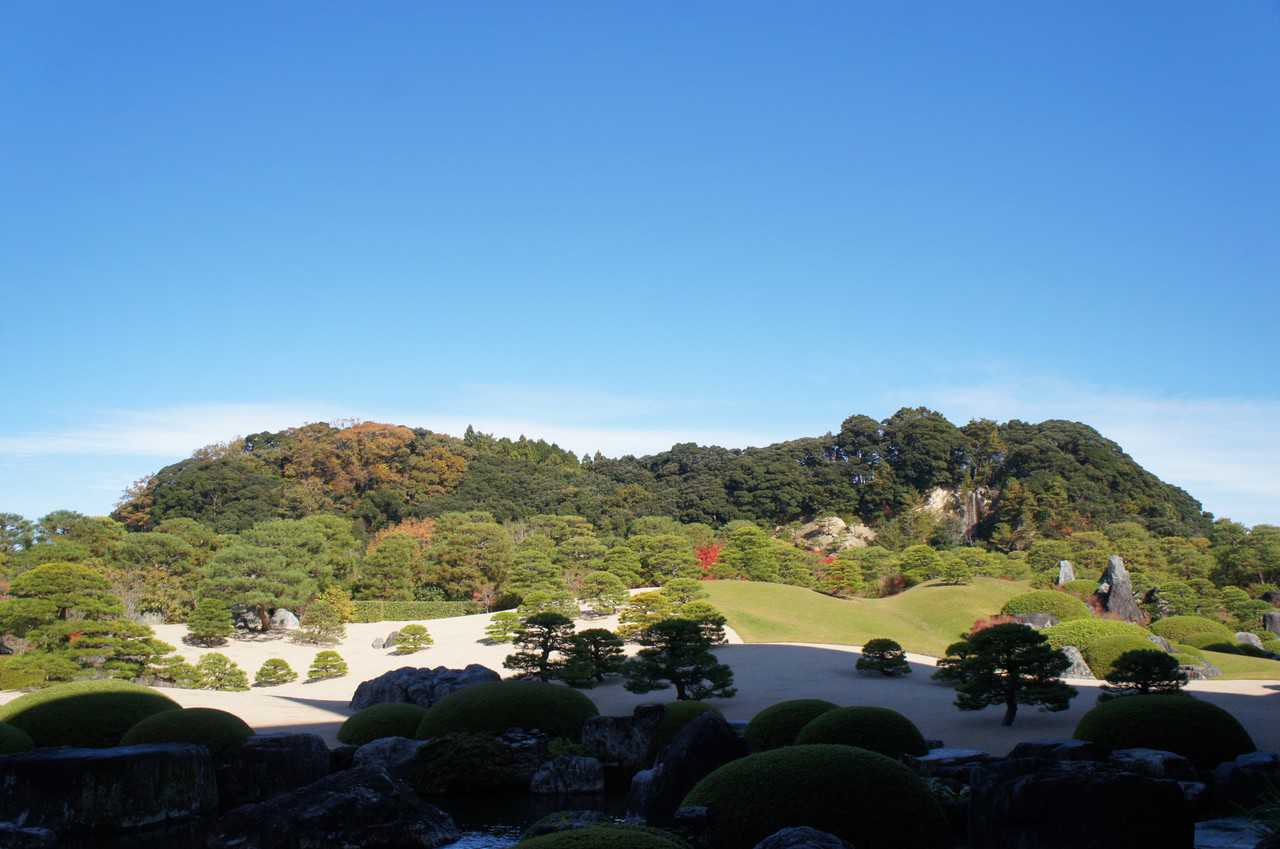
I was lucky enough to visit the garden when the colors of autumn were at their peak with momiji (Japanese maple). But the garden changes with the seasons, and always has something unique to offer visitors: azaleas in spring, deep greens contrasting with the white gravel in summer and pristine white snow in winter.
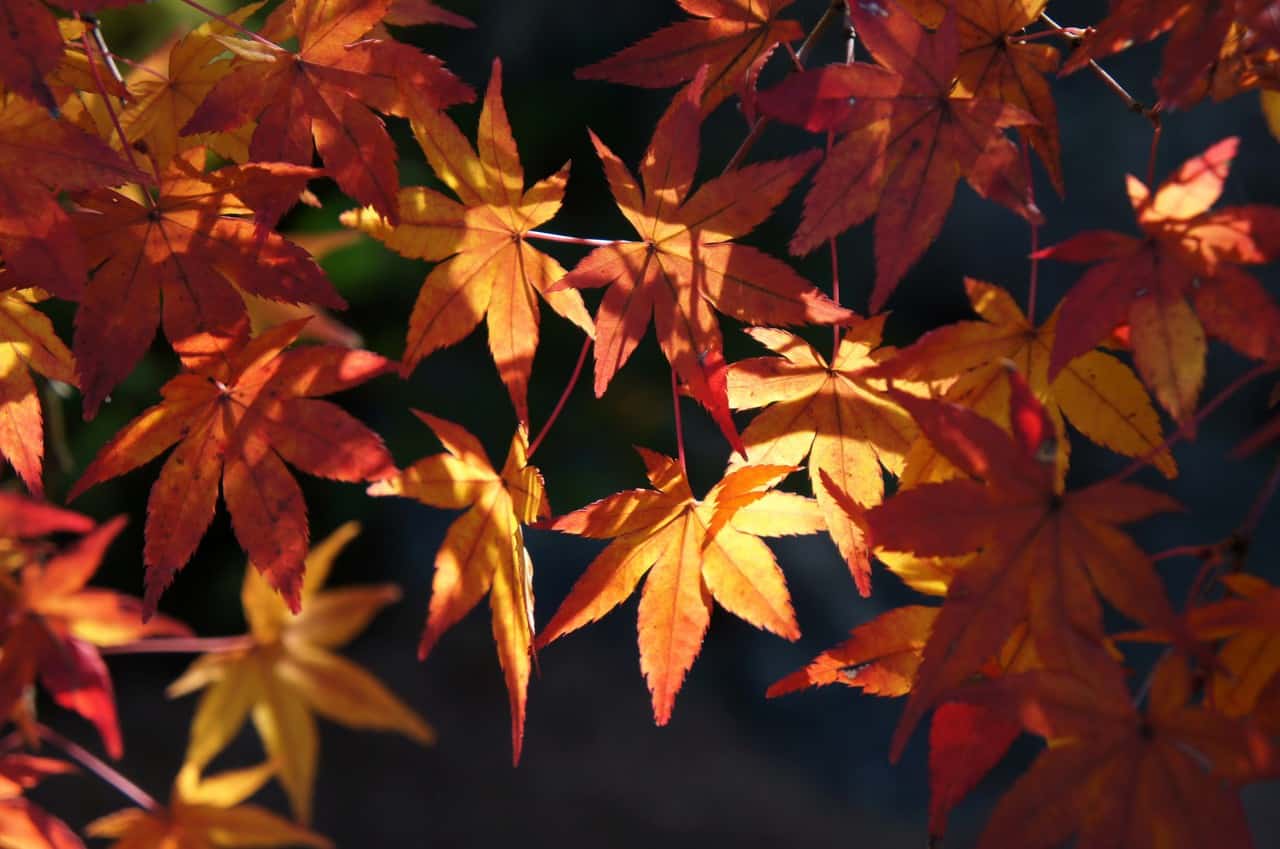
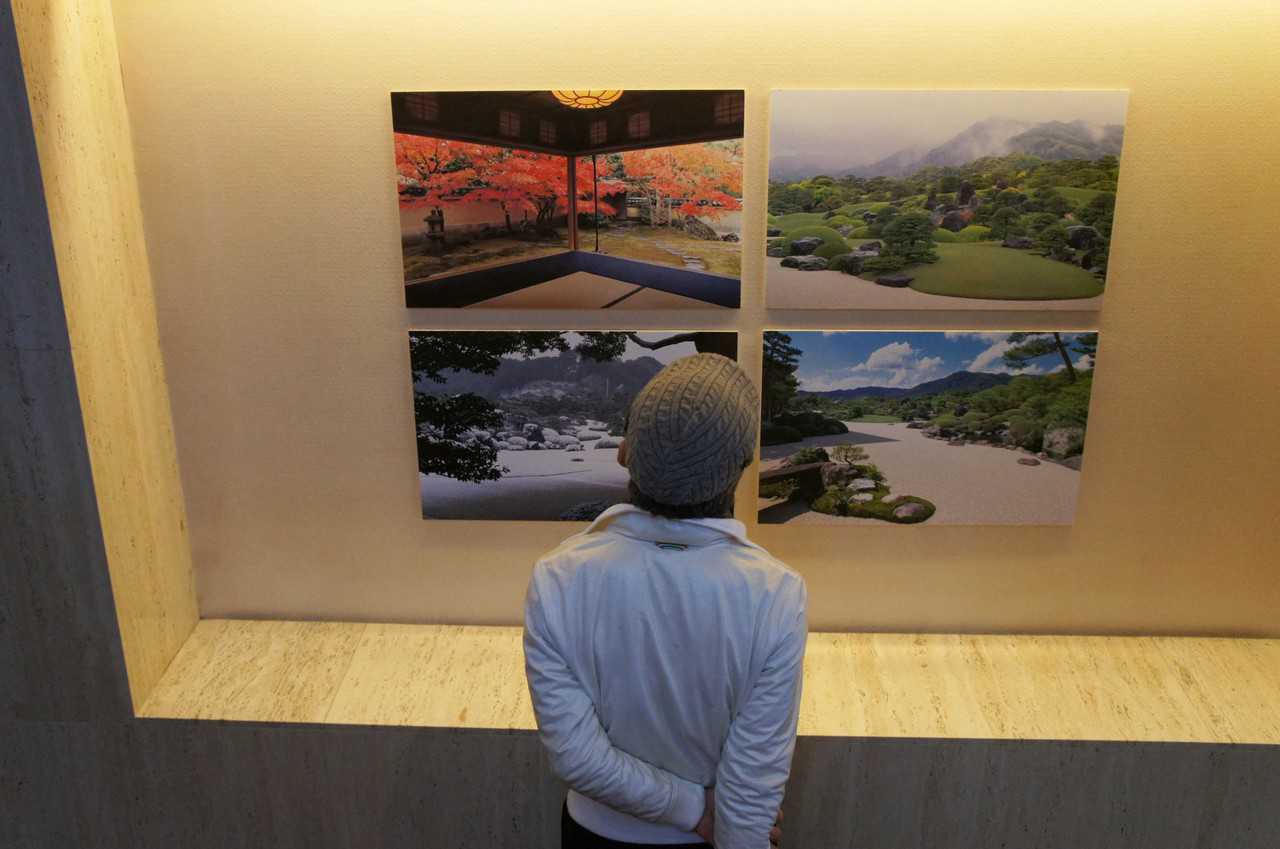
Because this museum is a place that encourages contemplation, there are two tea pavilions and two cafés where you can relax and admire the gardens while enjoying a bowl of matcha green tea or a cup of coffee.
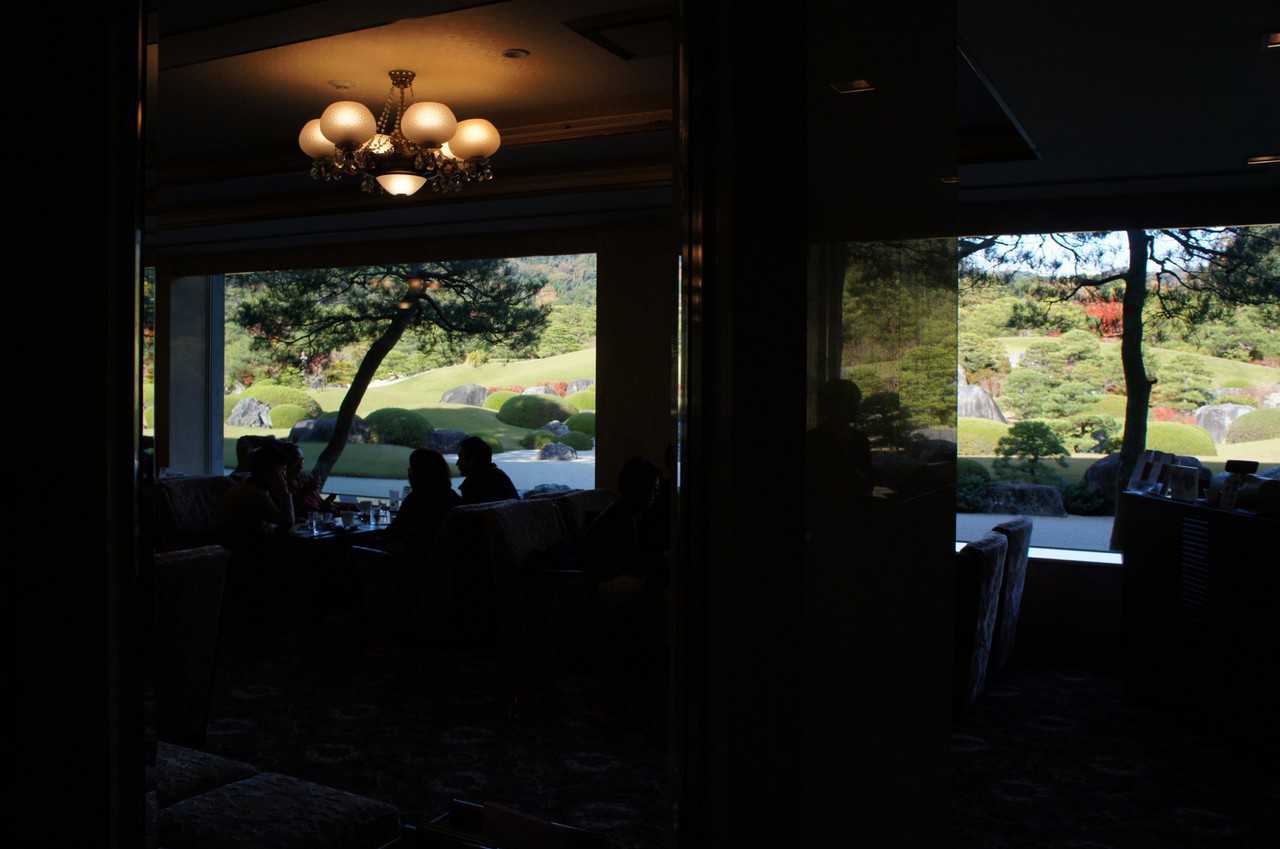
The Adachi Museum of Art is easily accessible from JR Yasugi Station (JR安来駅), thanks to a free shuttle bus service. You can find all the information to plan your visit on the museum’s website in English, or by consulting the brochure in French.
 Adachi Museum of Art
Adachi Museum of Art
ESTABLISHMENT MUSEUM POINT_OF_INTEREST- 320 Furukawachō, Yasugi, Shimane 692-0064, Japan
- ★★★★☆
Walk in Yuushien Japanese Garden
A 25 kilometers from the Adachi Museum of Art on Daikonshima Island (大根島), there is another Japanese garden: Yuushien Garden (由志園). Unlike the museum where you could only enjoy the view of the garden from inside the building, Yuushien Garden is a promenade garden designed around a pond, with plenty of paths to walk through.
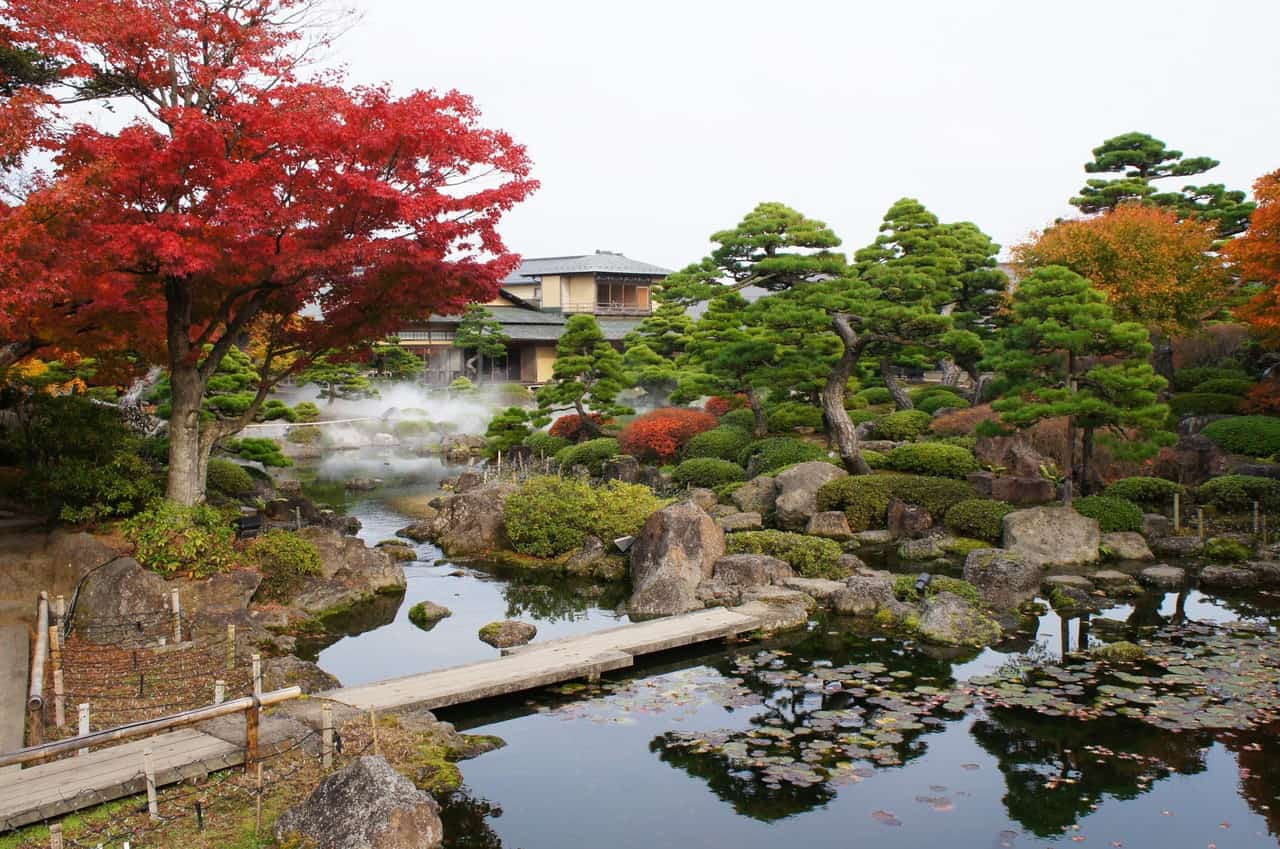
It depicts in miniature the landscapes and traditions of the San’in Chuo Region, and highlights the history and the specific culture of the small island of Daikonshima located in the middle of Lake Nakaumi.
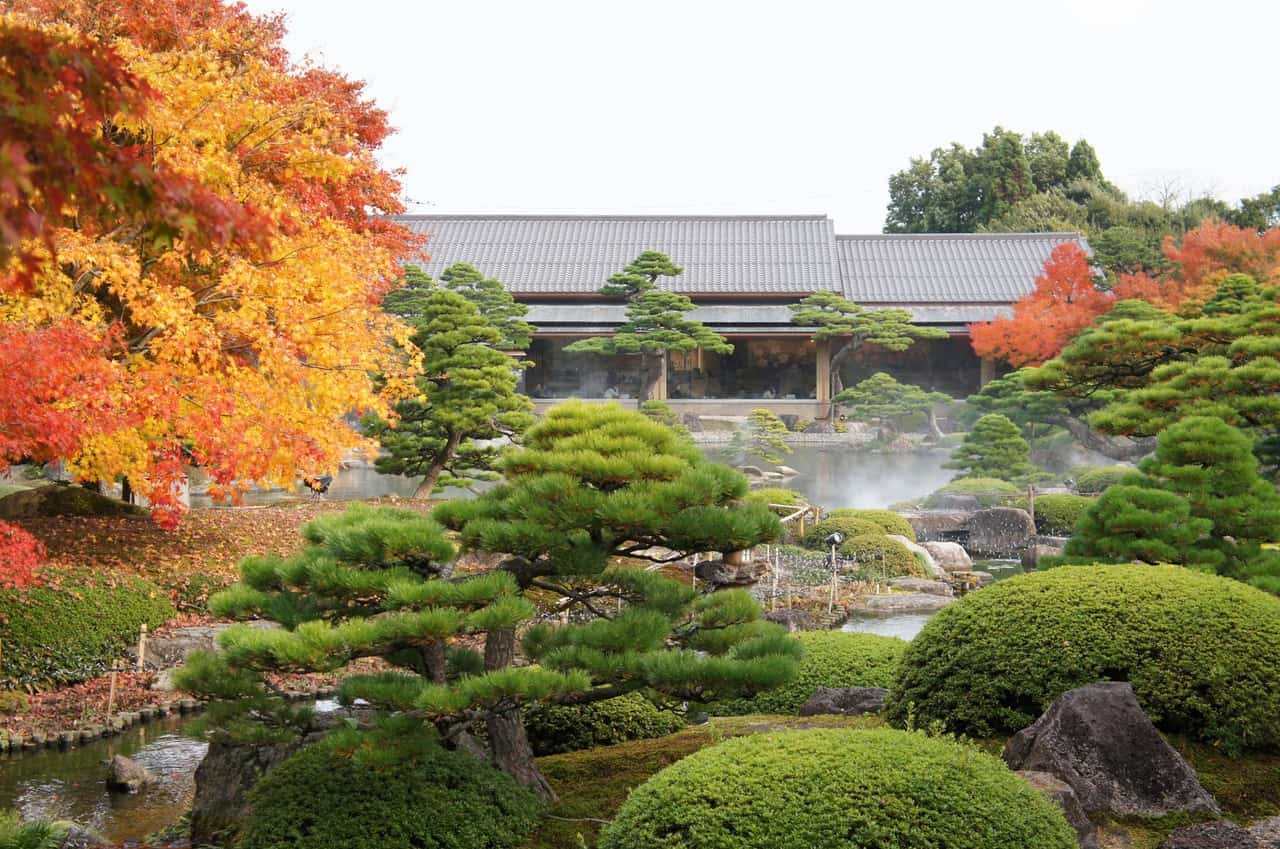
A walk through the garden immerses visitors in a succession of landscapes, colors and atmospheres: a pond where koi carp swim, a dry garden, a waterfall, and an iconic vermilion bridge. Many species planted in the garden reveal their beauty over the various seasons, and the momiji were the center of attention during my trip in late November. Illuminations take place in the evening to highlight them.
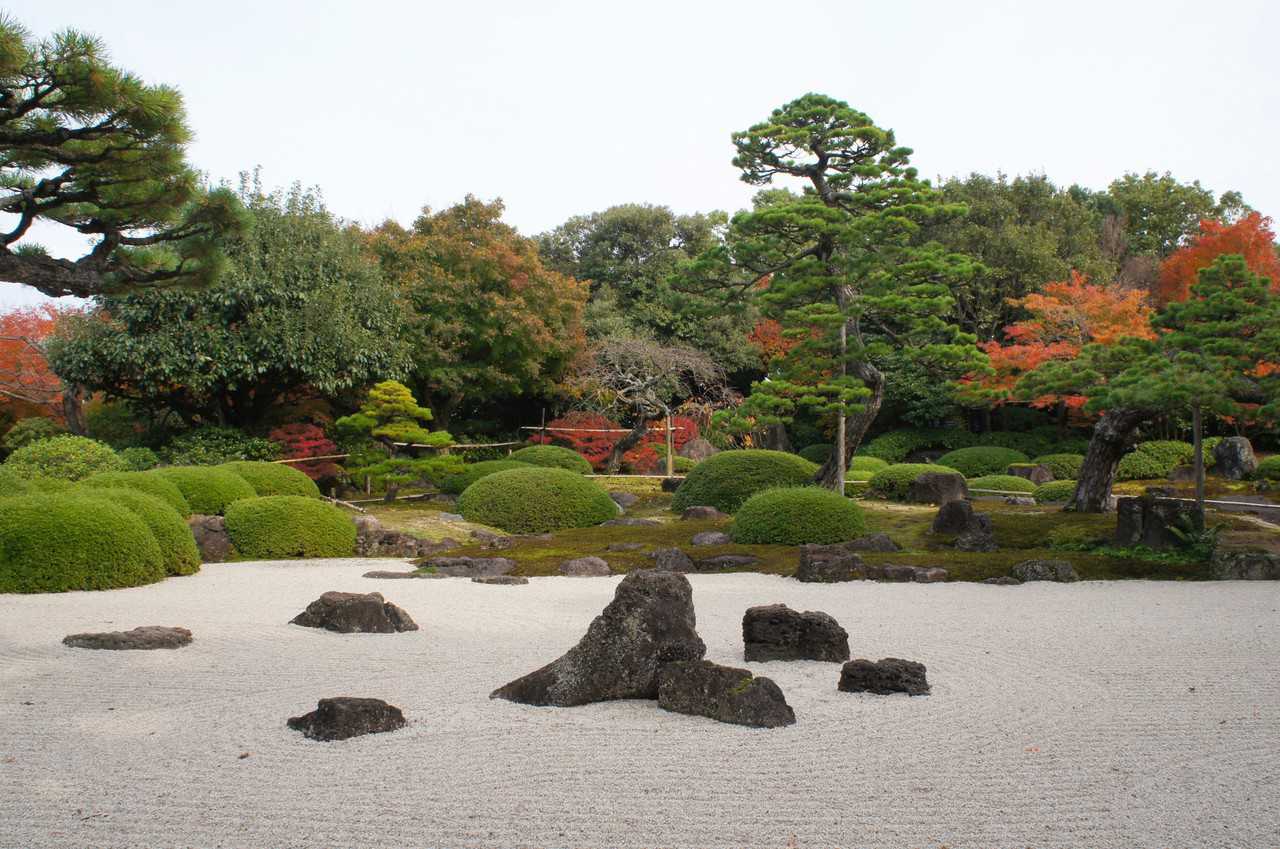
But a certain flower is celebrated here all year long: the peony. More than 250 species are cultivated here, and their reputation for beauty goes far beyond Japan, as they are loved around the world.
Although they are integrated into the garden all year round, thanks to the “House of Peonies” designed by the landscape gardener Kazuyuki Ishihara, the best time to admire them is from the end of April to the beginning of May, when the pond is covered with more than 100,000 big pink flowers.
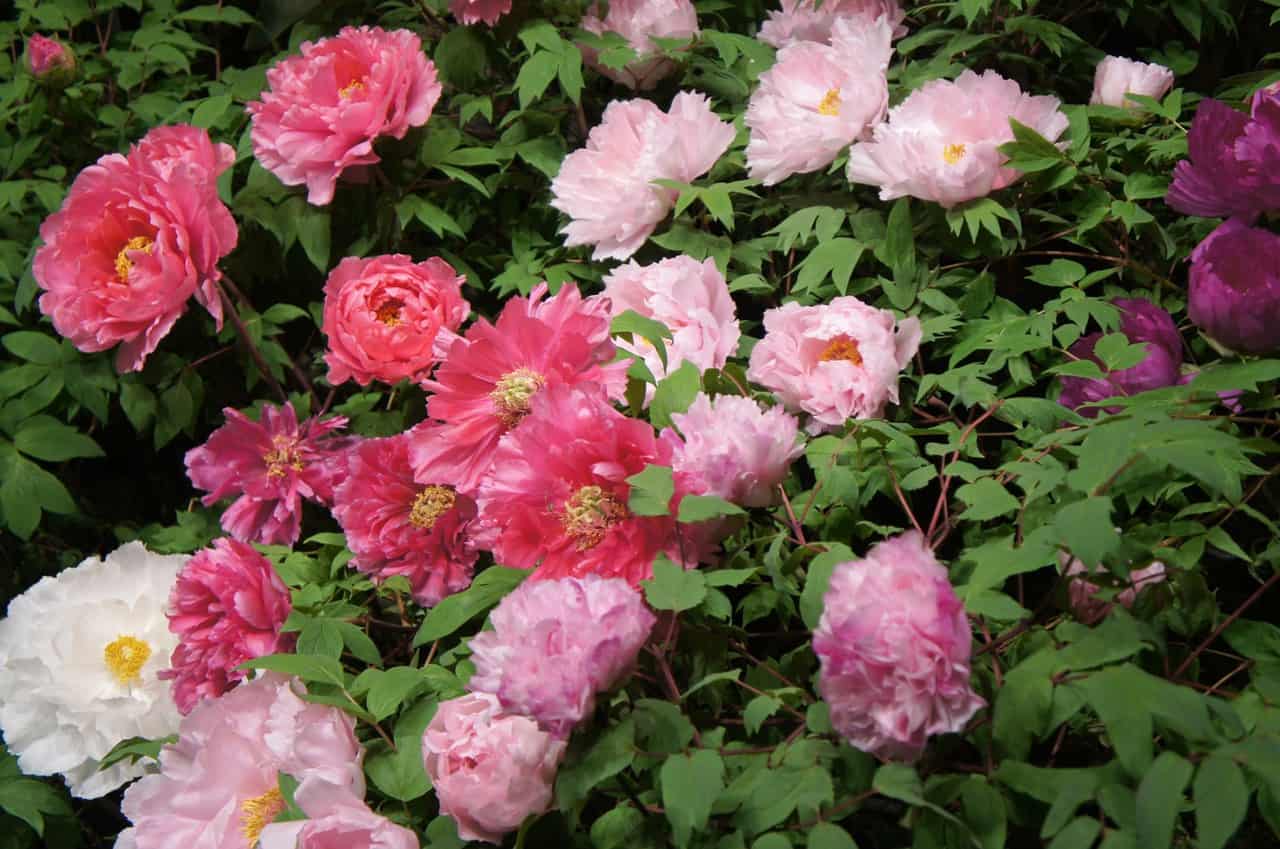
Temporary floral exhibitions are on display here, and I was able to see some very modern compositions made with peonies from the garden by Daniel Ost, a Belgian master of floral composition.
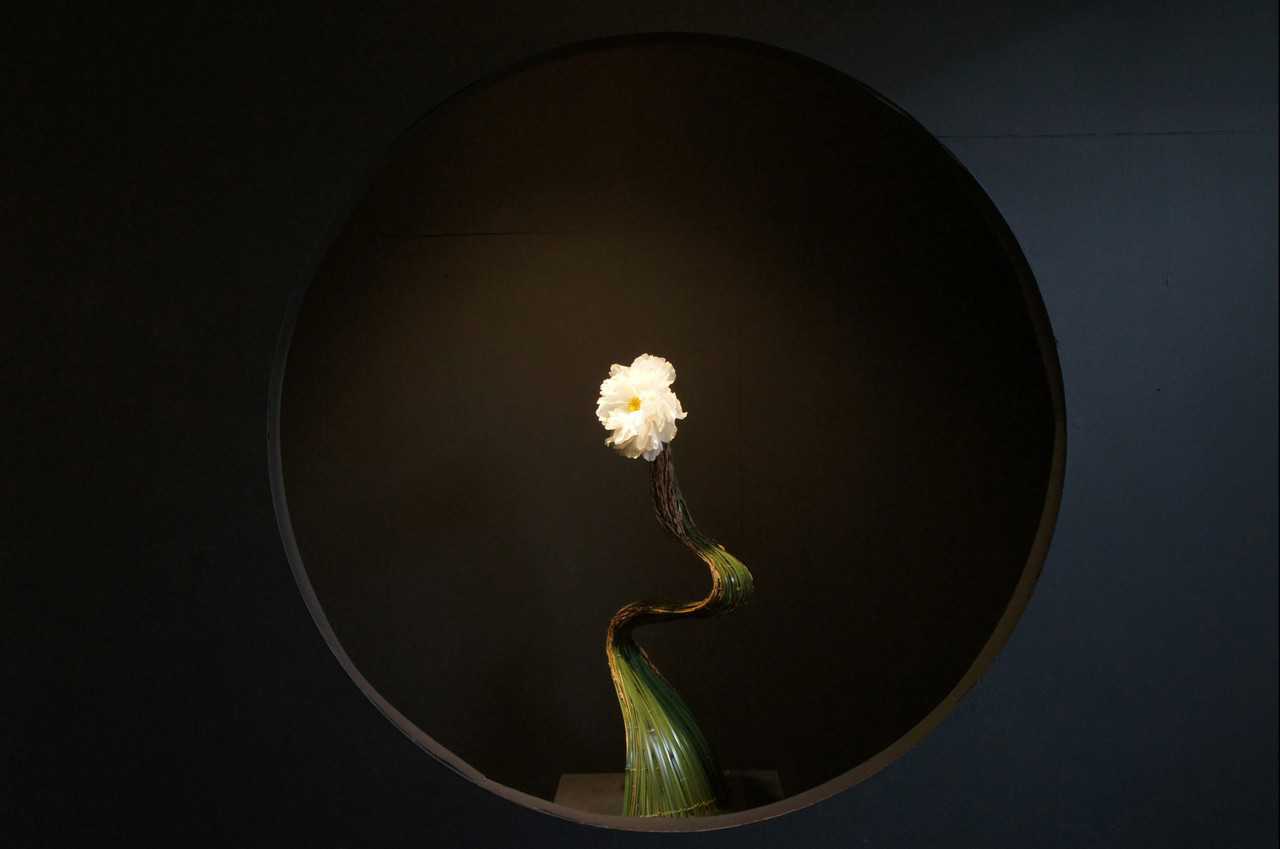
Yuushien also has a café with floor-to-ceiling windows overlooking the garden. I was recommended a Korean ginseng matcha, grown on the island since the 1830s. I was expecting something with a strong flavor, but the tastes are subtly blended and it was a surprisingly sweet and pleasant drink to warm me up after the walk.
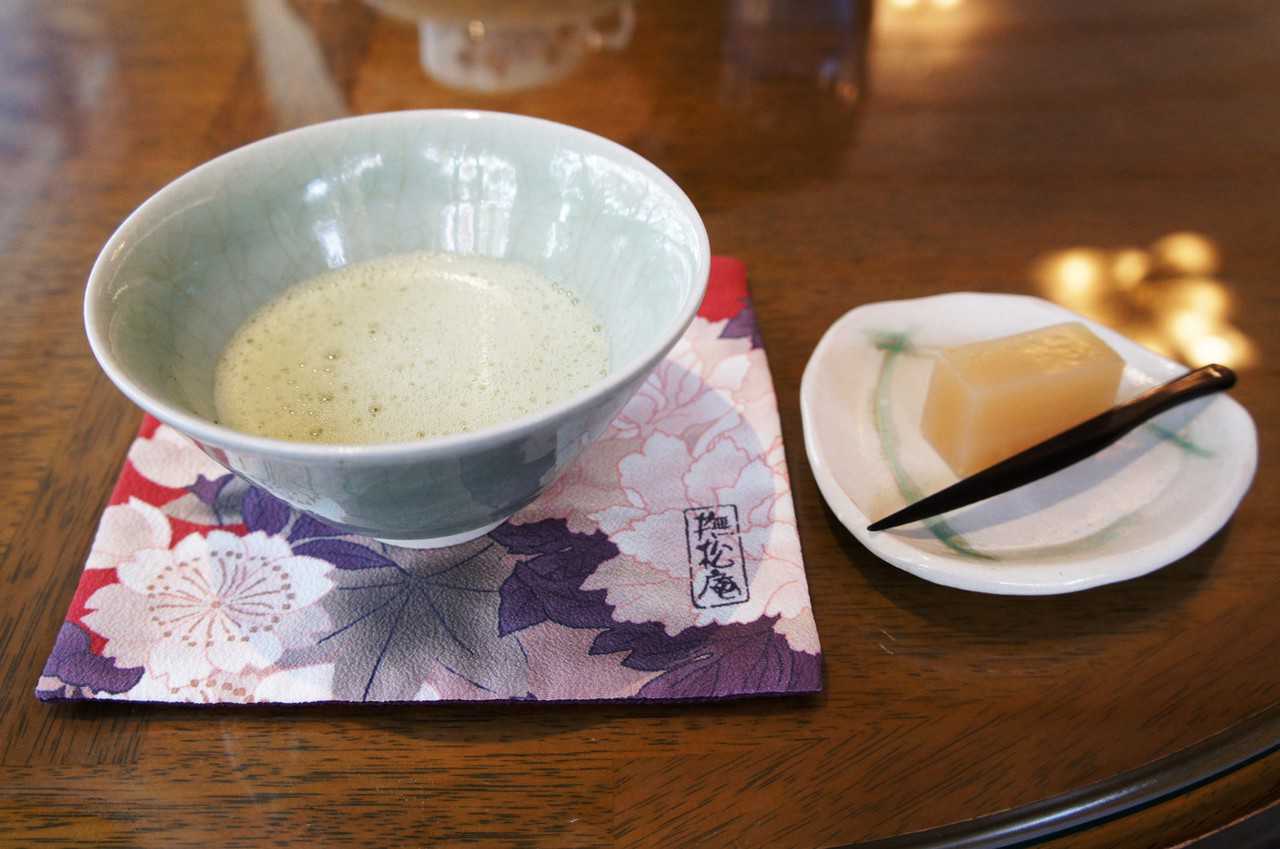
You can find information in English on the Yuushien Garden website.
The eel, taste a local specialty at the Unagidokoro Yamamise
No visit to Shimane would be complete without trying the famous local cuisine. Not far from the gardens, there is a recommended restaurant to die for: Unagidokoro Yamamise. Unagi is a freshwater eel, loved throughout Japan but becoming more and more rare to find fresh. If you want to taste grilled eel seasoned with a sweet sauce over rice, which is one of the most delicious local delicacies, the restaurant is without a doubt one of the best in Shimane. The eel is extra fresh, grilled divinely, and served in generous quantities. Look at the photographs and see if you can keep your mouth from watering!
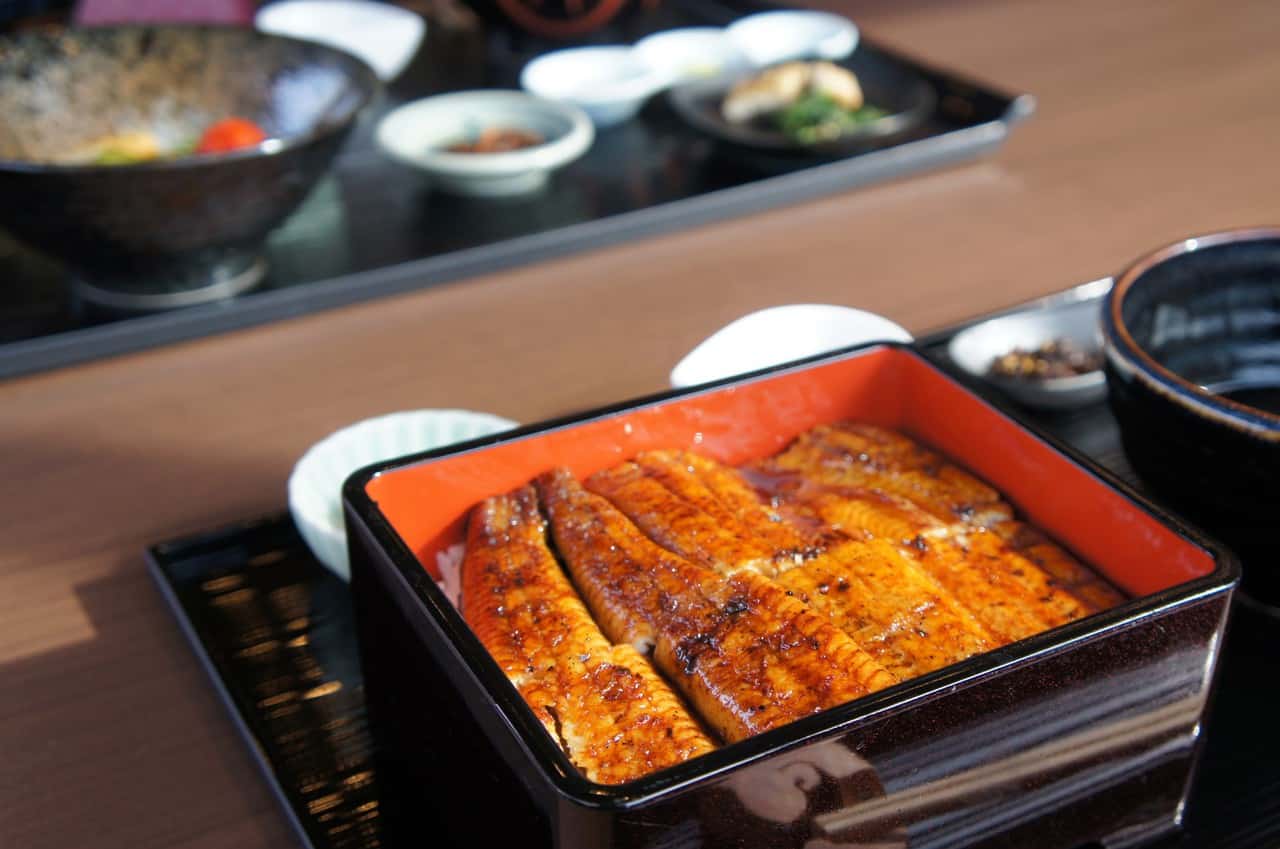
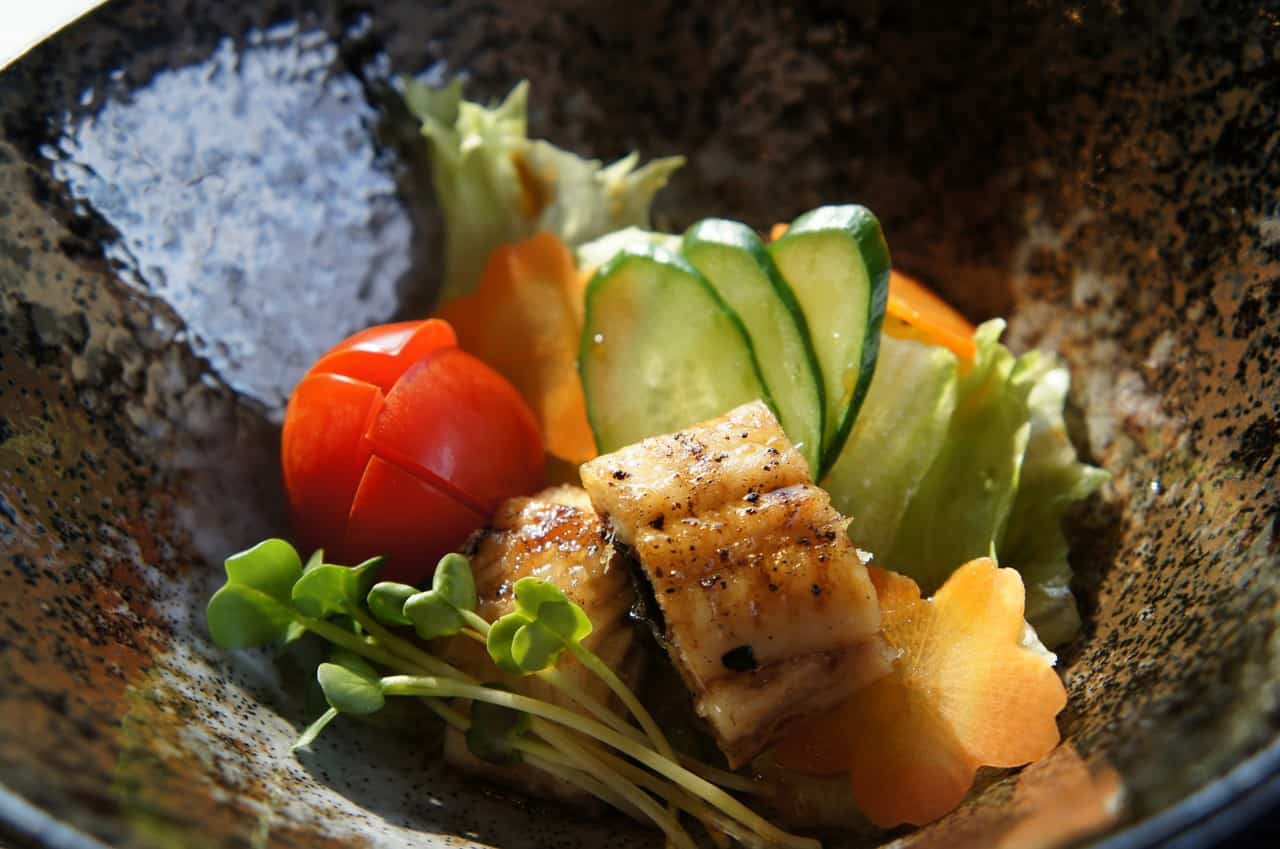
There is more information on the website of Unagidokoro Yamamise (only in Japanese).
More information
For more information and to plan your trip to the heart of San’in Chuo Region, visit this website. Here you’ll find information on places to visit, sample itineraries, and transportation information.
You can also download the En-musubi Smart Navigator system app (縁ナビ) from the App Store and Google play (available in English).
You can find practical information about transportation on the San’in Official Tourism Guide in English too.
To get to Matsue from Hiroshima, discount bus tickets are available for foreign visitors. Upon presentation of your passport, the ticket will cost you only ¥ 500, so it would be a shame to miss out on visiting the San’in Chuo Region during a stay in Hiroshima / Miyajima! They are sold on the spot, and you can buy your ticket on the day of the trip or the day before. You will find practical information on this document.
Sponsored by Nakaumi Shinjiko Daisen DMO
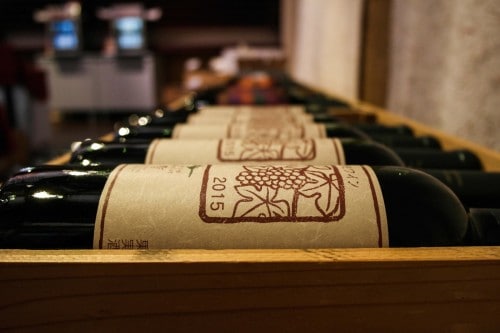
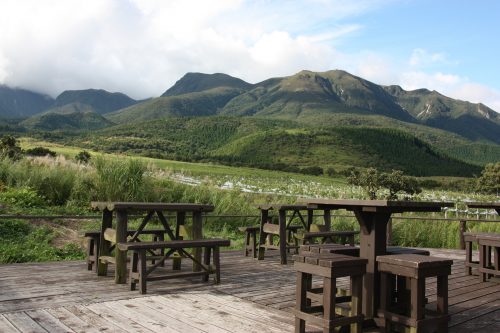
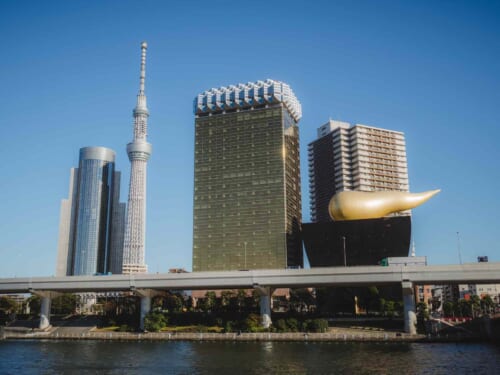
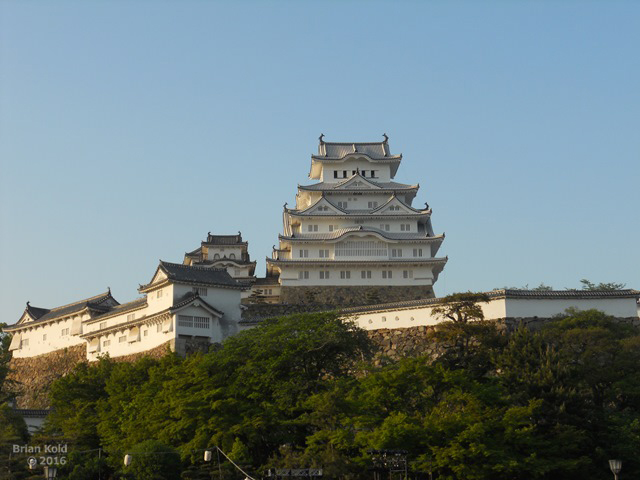
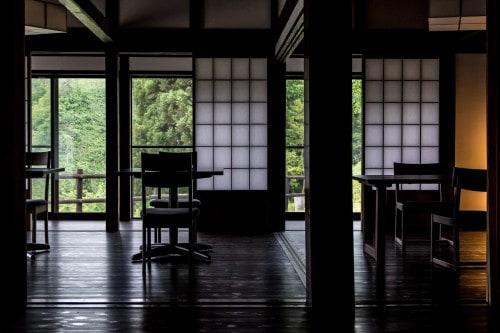


No Comments yet!